Before we even get into this, there’s something I have to say in the interest of full disclosure: I’m a bit of a gym rat and I have more than a little bit of a bone to pick with Japanese gym etiquette, so apologies if I sound a little harsh or gripe-y, and/or you feel the strong wind of me chucking dumbbells in frustration throughout this article.
Having experienced the joy and wonder of numerous American gyms – often 24 hours, never too crowded, always sprawling and well-equipped, cheap and usually never exceeding more than two elderly men gleefully prancing naked through the locker room at any one time – you can imagine the soul crushing disappointment I felt upon coming to Japan and realizing that even the best gyms routinely exceed US$150 a month to use, rarely stock all the equipment you’ll need, and are generally populated exclusively by old dudes who spend 10 minutes chatting up their buddies while sitting on the only bench in the place, and the rest of their “workout” enthusiastically blow-drying their testicles in the locker room.
The only small consolation I have is that, apparently, one of the gym-frequenting writers at Japanese sister site is similarly miffed by the myriad annoyances of Japanese gyms… and he’s even been kind enough to sit down and badly sketch out all the craziest folks who’re likely to ruin your workout:
Read More
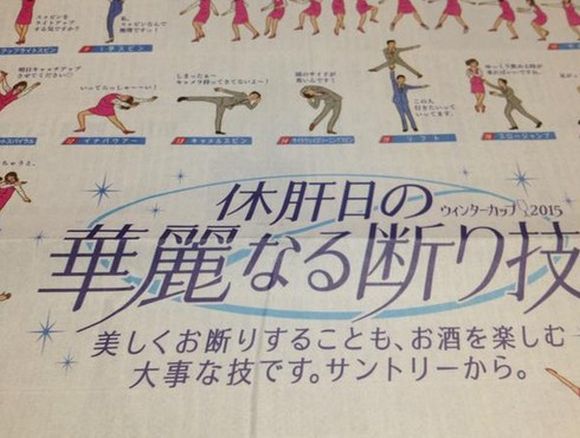
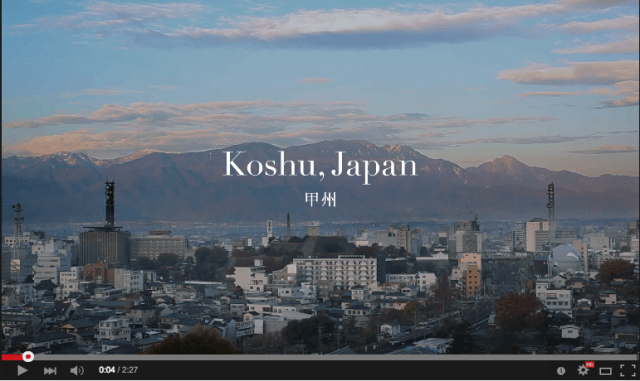
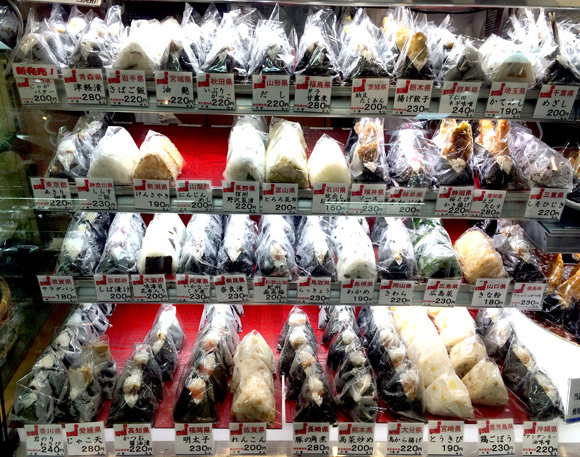
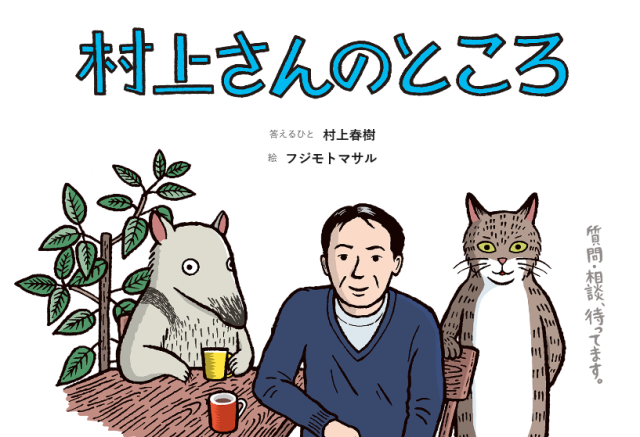

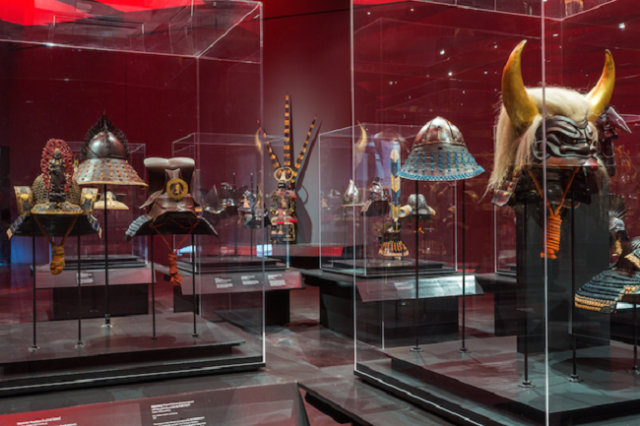
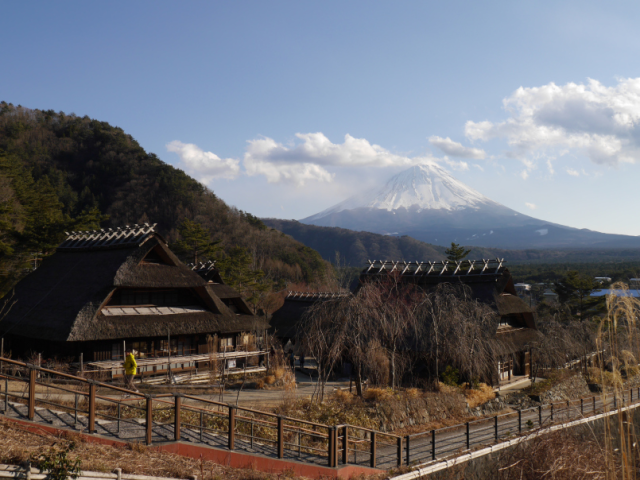





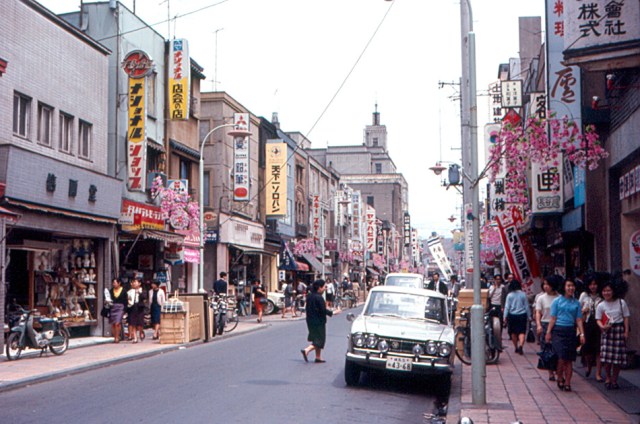
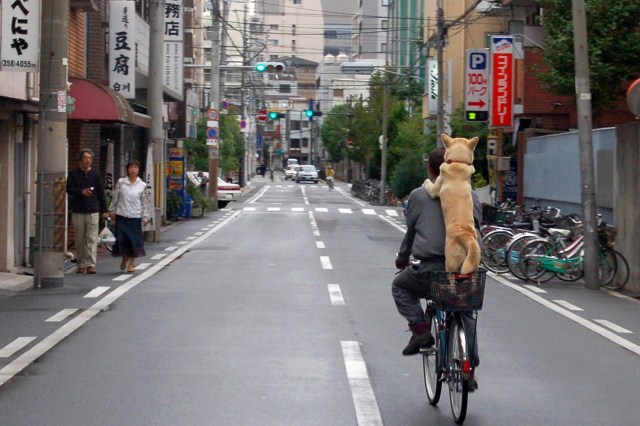
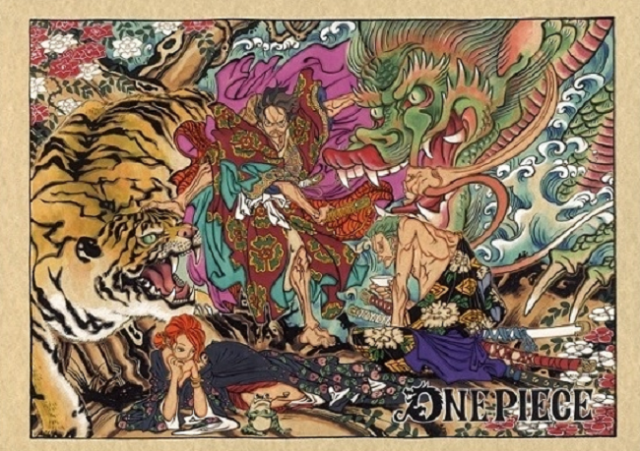
 Eight unforgettable hot springs, as recommended by Japan’s “Professor Bath”
Eight unforgettable hot springs, as recommended by Japan’s “Professor Bath” Mt Fuji convenience store becomes “lawless zone” as tourists hurl abuse at security guards
Mt Fuji convenience store becomes “lawless zone” as tourists hurl abuse at security guards Japan’s workplace drinking party communication is unnecessary, says majority of workers in survey
Japan’s workplace drinking party communication is unnecessary, says majority of workers in survey Late-night cake cafe in Tokyo’s hostess/host bar district will satisfy your confectionary desires
Late-night cake cafe in Tokyo’s hostess/host bar district will satisfy your confectionary desires Drinkable Mayo on sale at Japanese convenience stores for mayonnaise fanatics
Drinkable Mayo on sale at Japanese convenience stores for mayonnaise fanatics How often do Japanese people search for their ex online?【Survey】
How often do Japanese people search for their ex online?【Survey】 That time when we made a theme song for Kura Sushi out of our sheer love for it【Video】
That time when we made a theme song for Kura Sushi out of our sheer love for it【Video】 Travel tip: Fukuoka has a great luggage delivery service that’s cheaper than a coin locker
Travel tip: Fukuoka has a great luggage delivery service that’s cheaper than a coin locker Tourists damage Mt Fuji Lawson blackout screen that was meant to stop bad-mannered visitors
Tourists damage Mt Fuji Lawson blackout screen that was meant to stop bad-mannered visitors Tokyo Space-out tournament draws nearly 100 competitors, finds who’s the best at doing nothing【Video】
Tokyo Space-out tournament draws nearly 100 competitors, finds who’s the best at doing nothing【Video】 Studio Ghibli releases new range of cardigans for anime fans
Studio Ghibli releases new range of cardigans for anime fans Kyoto Whopper divides customers at Burger King Japan
Kyoto Whopper divides customers at Burger King Japan Japanese burger chain no longer serves onion rings, but offers intriguing replacement【Taste test】
Japanese burger chain no longer serves onion rings, but offers intriguing replacement【Taste test】 Celebrating Good Couple’s Day in Japan…by getting our significant others to dress us
Celebrating Good Couple’s Day in Japan…by getting our significant others to dress us 7-Eleven Japan releases fukubukuro lucky bags filled with convenience store surprises
7-Eleven Japan releases fukubukuro lucky bags filled with convenience store surprises Starbucks Japan reveals new holiday goods for the 2024 festive season
Starbucks Japan reveals new holiday goods for the 2024 festive season Taking the Kyoto overnight bus for the first time
Taking the Kyoto overnight bus for the first time Beautiful Totoro bag returns, still requires jumping through an extra hoop to get, still worth it
Beautiful Totoro bag returns, still requires jumping through an extra hoop to get, still worth it Berserk T-shirts coming to Uniqlo for launch of new Manga Curation line【Photos】
Berserk T-shirts coming to Uniqlo for launch of new Manga Curation line【Photos】 Nintendo’s controller capsule toys are so cool, even the machine you buy them from is awesome【Pics】
Nintendo’s controller capsule toys are so cool, even the machine you buy them from is awesome【Pics】 One of Japan’s most beautiful hot spring towns announces new limits on number of day trippers
One of Japan’s most beautiful hot spring towns announces new limits on number of day trippers Ghibli’s Princess Mononoke teams up with Foxfire for outdoor apparel collaboration【Photos】
Ghibli’s Princess Mononoke teams up with Foxfire for outdoor apparel collaboration【Photos】 Ghibli Park debuts first winter illumination display with Howl’s Moving Castle theme
Ghibli Park debuts first winter illumination display with Howl’s Moving Castle theme Sanrio and magical girl anime PreCure join forces for new merch line【Photos】
Sanrio and magical girl anime PreCure join forces for new merch line【Photos】 Pringles releases a limited-edition sweet flavour in Japan
Pringles releases a limited-edition sweet flavour in Japan Japanese job-quitting service contacted by other job-quitting service because employee wants to quit
Japanese job-quitting service contacted by other job-quitting service because employee wants to quit After cancelling Halloween, Tokyo’s Shibuya neighborhood cancels New Year’s Eve too
After cancelling Halloween, Tokyo’s Shibuya neighborhood cancels New Year’s Eve too McDonald’s new Happy Meals offer up cute and practical Sanrio lifestyle goods
McDonald’s new Happy Meals offer up cute and practical Sanrio lifestyle goods Foreign tourists on Shinkansen bullet train break suitcase etiquette, angering local passengers
Foreign tourists on Shinkansen bullet train break suitcase etiquette, angering local passengers [Deleted] Article written for April Fool’s Day 2018
[Deleted] Article written for April Fool’s Day 2018 Japanese government to make first change to romanization spelling rules since the 1950s
Japanese government to make first change to romanization spelling rules since the 1950s Foreigner’s request for help in Tokyo makes us sad for the state of society
Foreigner’s request for help in Tokyo makes us sad for the state of society Ghibli founders Toshio Suzuki and Hayao Miyazaki contribute to Japanese whisky Totoro label design
Ghibli founders Toshio Suzuki and Hayao Miyazaki contribute to Japanese whisky Totoro label design Japanese convenience store Family Mart announces abolishment of eat-in spaces
Japanese convenience store Family Mart announces abolishment of eat-in spaces Princesses, fruits, and blacksmiths: Study reveals the 30 most unusual family names in Japan
Princesses, fruits, and blacksmiths: Study reveals the 30 most unusual family names in Japan Life-size vibrating Legend of Zelda Master Sword for sale from Nintendo【Photos】
Life-size vibrating Legend of Zelda Master Sword for sale from Nintendo【Photos】 Studio Ghibli releases free-download board game — Here’s how to play it without reading Japanese
Studio Ghibli releases free-download board game — Here’s how to play it without reading Japanese How often do Japanese people search for their ex online?【Survey】
How often do Japanese people search for their ex online?【Survey】 That time when we made a theme song for Kura Sushi out of our sheer love for it【Video】
That time when we made a theme song for Kura Sushi out of our sheer love for it【Video】 Travel tip: Fukuoka has a great luggage delivery service that’s cheaper than a coin locker
Travel tip: Fukuoka has a great luggage delivery service that’s cheaper than a coin locker Tourists damage Mt Fuji Lawson blackout screen that was meant to stop bad-mannered visitors
Tourists damage Mt Fuji Lawson blackout screen that was meant to stop bad-mannered visitors Tokyo Space-out tournament draws nearly 100 competitors, finds who’s the best at doing nothing【Video】
Tokyo Space-out tournament draws nearly 100 competitors, finds who’s the best at doing nothing【Video】 Kyoto’s Nishiki Market has great bento boxed lunches, and here are our top 3 picks
Kyoto’s Nishiki Market has great bento boxed lunches, and here are our top 3 picks Do bears strike first with their left paw when attacking people? Japan wants to know
Do bears strike first with their left paw when attacking people? Japan wants to know Spinoff novel of Shinkai’s Your Name film gets manga in July
Spinoff novel of Shinkai’s Your Name film gets manga in July Kyoto Whopper divides customers at Burger King Japan
Kyoto Whopper divides customers at Burger King Japan Japan reaches its lowest-ever ranking on Education First’s 2024 English Proficiency Index
Japan reaches its lowest-ever ranking on Education First’s 2024 English Proficiency Index What 1,000 yen can get you at McDonald’s in Japan right now
What 1,000 yen can get you at McDonald’s in Japan right now Sayonara, crossbows – Police ask owners to turn in their crossbows as new ban goes into effect
Sayonara, crossbows – Police ask owners to turn in their crossbows as new ban goes into effect